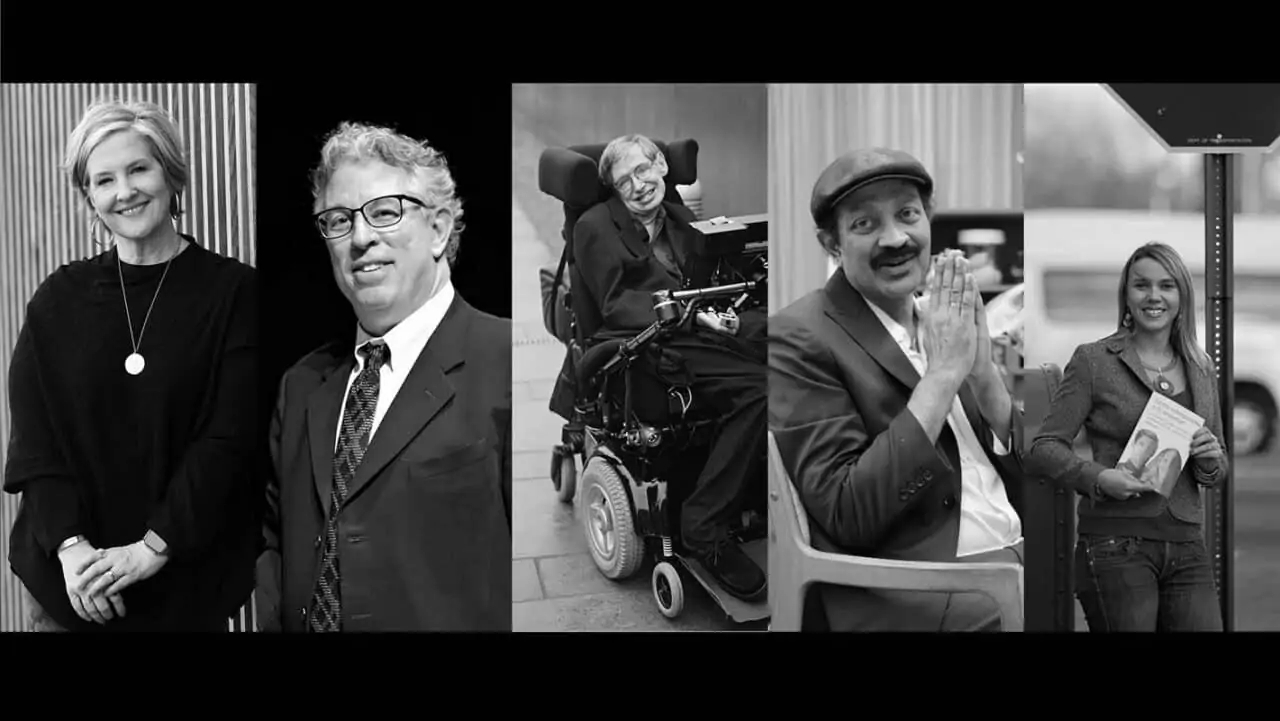Today's Thursday • 6 mins read
Empathy is a complex social skill. What may come as a surprise to you is that you can have empathy for a person without wanting to help them.
Empathy is inversely connected to loneliness. Lonely young adults develop empathy to regulate their emotions and reduce their loneliness.
Studies show that lonely people are more likely to choose positive empathy (but avoid negative empathy) when compared to non-lonely people (Hu, Zheng, Huang, 2020).
What Is Empathy In Positive Psychology?
In positive psychology, empathy is defined as the quality of feeling and understanding another person’s situation in the present moment—their perspectives, emotions, actions (reactions)—and communicating this to the person. Positive empathy is the ability to share, celebrate, and enjoy others’ positive emotions.
Psychologists Morelli, Lieberman, Telzer, & Zaki (2015) define the new, emerging concept of Positive Empathy as the “understanding and vicariously sharing others’ positive emotions.”
They suggest that imagining, recalling, observing, or learning about other people’s positive outcomes can trigger positive empathy. They believe positive empathy is uniquely related to prosocial behavior, a sense of social connection, and subjective well-being.
Research indicates positive empathy is almost exclusively experienced in our close relationships, like our friends, romantic partners, roommates, and family. (Gable & Reis, 2010). It can increase social closeness, intimacy, commitment, and trust. (Gable, Gosnell, Maisel, & Strachman, 2012).
People may experience positive empathy in one of the three ways:
i) as a non-involved observer, like seeing someone win a quiz show on TV,
ii) as an involved observer, like hearing good news from a person themselves, or
iii) as a creator of a positive experience for someone else, like giving a gift.
Surprisingly, or not so surprisingly, it can be manipulated (Morelli & Lieberman, 2013; Molenberghs et al., 2014).
Using Loving Kindness Meditation (LKM), Barbara Fredrickson and her team showed that several weeks of compassion training can have a beneficial impact on positive emotions, personal resources, and well-being during everyday life.

How To Measure Empathy?
Empathy can be measured in psychology. The Empathy Scale is a 64-item self-report measure developed by Robert Hogan in 1969. It was one of the earliest widely used measures, and it has four separate dimensions: social self-confidence, even-temperedness, sensitivity, and nonconformity.
Hogan’s Empathy Scale has been widely used as a measure of cognitive empathy (e.g. Eslinger, 1998), although it has lately been surpassed in popularity by the Interpersonal Reactivity Index (IRI; Davis, 1983).
Two other self-report scales are the Interpersonal Reactivity Index (IRI) and The Toronto Empathy Questionnaire (TEQ).
What Are The Types of Empathy?
Paul Ekman, an American psychologist and professor emeritus at the University of California, San Francisco, and a pioneer in the field of emotions and micro-expressions, classifies empathy into three kinds:
1. Cognitive Empathy or Perspective-taking
This is the “I see” empathy.
The recognizing and understanding of another’s thoughts and feelings. Cognitive empathy is feeling by thinking. It is the form of empathy that psychopaths have lots of — they understand what causes you the most pain and torture you with exactly that — with zero sympathies towards you.
So, a psychopath can feel empathy, but not sympathy (we talk of the difference later in this post). People who score higher on cognitive empathy have more grey matter in the dorsomedial prefrontal cortex area of the brain.
2. Emotional Empathy or Affective Empathy
This is the “I feel” empathy.
The vicarious sharing of feelings after an emotional interaction. In this, you understand as well as feel how the shoe pinches the other person. This type of empathic response is called empathic distress or personal distress.
The people in the medical care profession usually have this type of empathy; they fully understand and feel your pain.
People who score higher on affective empathy have more grey matter in an area of the brain called the anterior insula.
3. Compassionate Empathy or Empathic Concern
This is the “I help” empathy.
The action part of the previous two types, or an impulse to act after understanding and feeling another’s experience. In this, after you can understand and feel the other person’s woe, you take action to resolve it for them.
Compassion comes with a wish to act. In contrast to empathy, compassion does not mean sharing the suffering of the other.
Ekman and Friesen co-authored the brilliant book Unmasking the Face: A Guide to Recognizing Emotions from Facial Expressions, which teaches how to read people’s faces for the cues to predict when they are about to show rage, disgust, or disdain, before they completely express the emotion.
The book also includes exercises to help you improve your ability to identify “facial deceit” and tell when people’s facial expressions show they are lying.
How Do We Empathize?
There are two theories to better understand how we empathize:
1. Simulation Theory
According to the Simulation Theory, empathy is possible because when we watch a person experiencing an emotion, we ‘simulate’ that same emotion in ourselves, so that we can know personally how it feels to them.
There is also a biological dimension to this theory. Scientists found tentative evidence of “mirror neurons” that activate as humans see and feel emotions. There are also “parts of the brain in the medial prefrontal cortex (responsible for higher-level types of thought) that show an overlap of activation for both self-focused and other-focused thoughts and judgments.”
2. Theory of Mind
Other scientists believe in the Theory of Mind, which contradicts the experimental interpretation of empathy proposed by the Simulation Theory.
It suggests the capacity to “understand what another person is thinking and feeling, based on the rules of how one should think or feel.” This hypothesis suggests individuals may use cognitive reasoning mechanisms to describe the emotional state of others. Through designing human behavior models, individuals may predict or justify the actions of others, according to this hypothesis.
Although there is no strong consensus, empathy may require several mechanisms that include both natural, emotional responses and experienced, conceptual thinking.
Depending on the circumstance and situation, we can elicit one or both of these empathetic responses.
Empathy and Forgiveness
When we forgive someone, we see a decrease in hostility and a return to a friendlier, more benevolent attitude. People who forgive their transgressors are more agreeable, emotionally stable, and spiritually or religiously inclined than those who do not forgive their transgressors.
Empathy is a vital step in the process of forgiveness.
Research shows that having more trait empathy (that is, emotional or cognitive empathy) makes it easier to forgive than not having any trait empathy. The two most common types of forgiveness are offense-specific and dyadic (interpersonal) forgiveness.
• • •
√ Also Read: 15 Proven Tips To Increase Your Empathy
√ Please share it with someone if you found this helpful.
